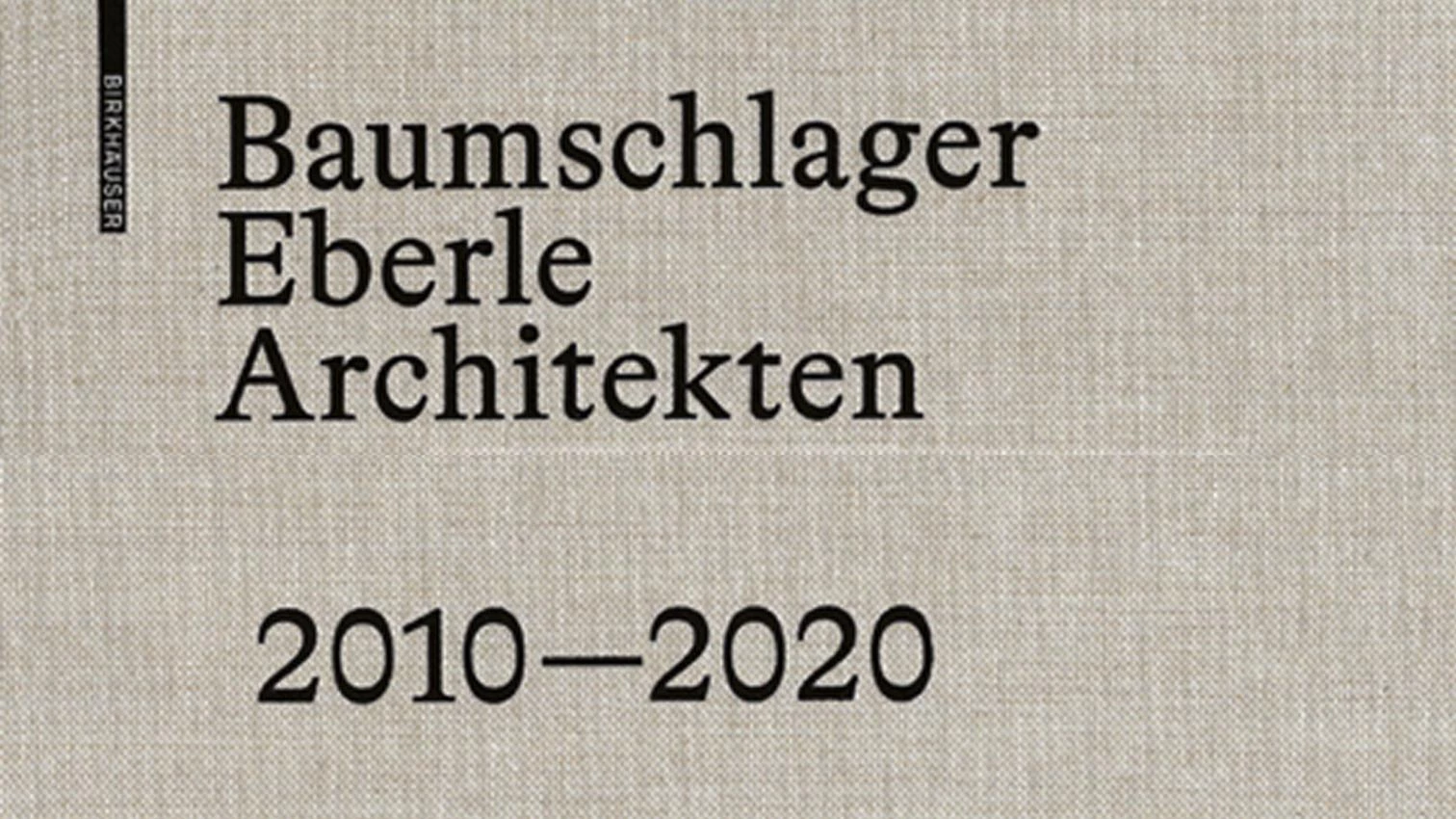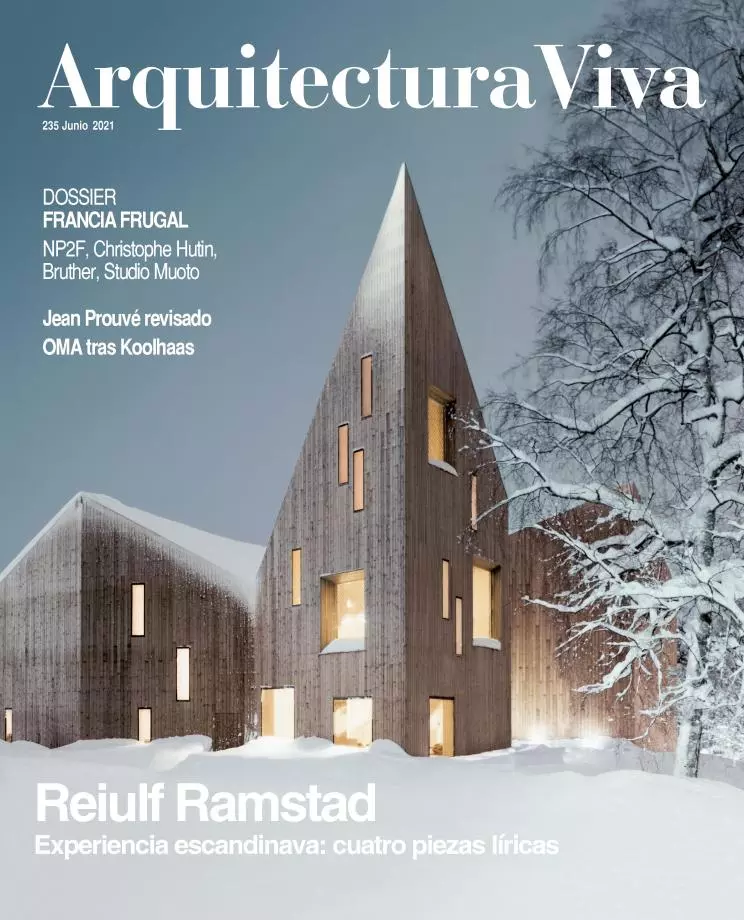
This book starts and ends with full-page photos deliberately out of focus. The buildings seem to be moving and leaving a trail of matter in their wake, like Boccioni sculptures. But it’s hard to find architectures with such a degree of precision as Dietmar Eberle’s: an architecture of clear-cut lines which makes a presence in the urban fabric but without stridencies, in the process making its own interpretation of two great traditions, Central European rationalism and classical decorum.
The 1952-born Austrian has for years been a professor at ETH Zurich, and has since 1985 run one of Europe’s largest and most international practices, his vast output covering nearly all architectural types and with a quality record within the reach of only the most talented and persevering. Yet he is not too well known in the European scene, and his architecture has yet to garner the attention it deserves.
The reasons vary, but one may be lack of style. Having a style can be negative, as when forced reiteration of the predictable hinders the variety that comes from addressing site-specific conditions. Not the case of Eberle, whose eclecticism stems from an attention to context that has led him to reinvent the structure of his practice, which then evolved from a traditional Vienna firm to a global network of franchises.
This pact with the local – which is both a manifesto and an intelligent logistical operation – explains the typological and stylistic diversity of Eberle’s oeuvre, evident in the buildings erected between 2010 and 2020 that this monograph details.
Nevertheless, such eclecticism grounded on a sensitivity for the specific and on a choral structure do not prevent Eberle’s buildings from leaning on intellectual principles which ultimately are what give architecture a certain unity. The first is a commitment to the city that owes much to Rossi but goes beyond memory to tackle the relationship between density and urban character, and the role buildings can play in it through a concept of deep classical roots: decorum, the correlation between what buildings are and what they look like they are.
Decorum also means ‘gravitas,’ not in vain another principle of Eberle’s architecture. Gravity as a noble, severe distinction, and gravity as the weight that enables buildings to bear the beatings of both atmospheric and chronological time. Eberle is a true Vitruvian: his decorum has to do with the massive and durable, and with the balance embodied in the triad utilitas, firmitas, and venustas.
The finest example of this Vitruvianism 2.0 is the office in Lustenau, Haus 2226, a name suggesting the controlled range of temperatures in a stripped building that achieves energy autonomy through the thermal inertia of thick brick walls, and natural ventilation through vertical openings. A manifesto for an architecture where sustainability does not mean gadgets or a count of materials, but a friendly atmosphere obtained through form, matter, and energy – the basic tools of the architect. Eberle’s eclecticism is not about avant-garde, but rather about common sense.






